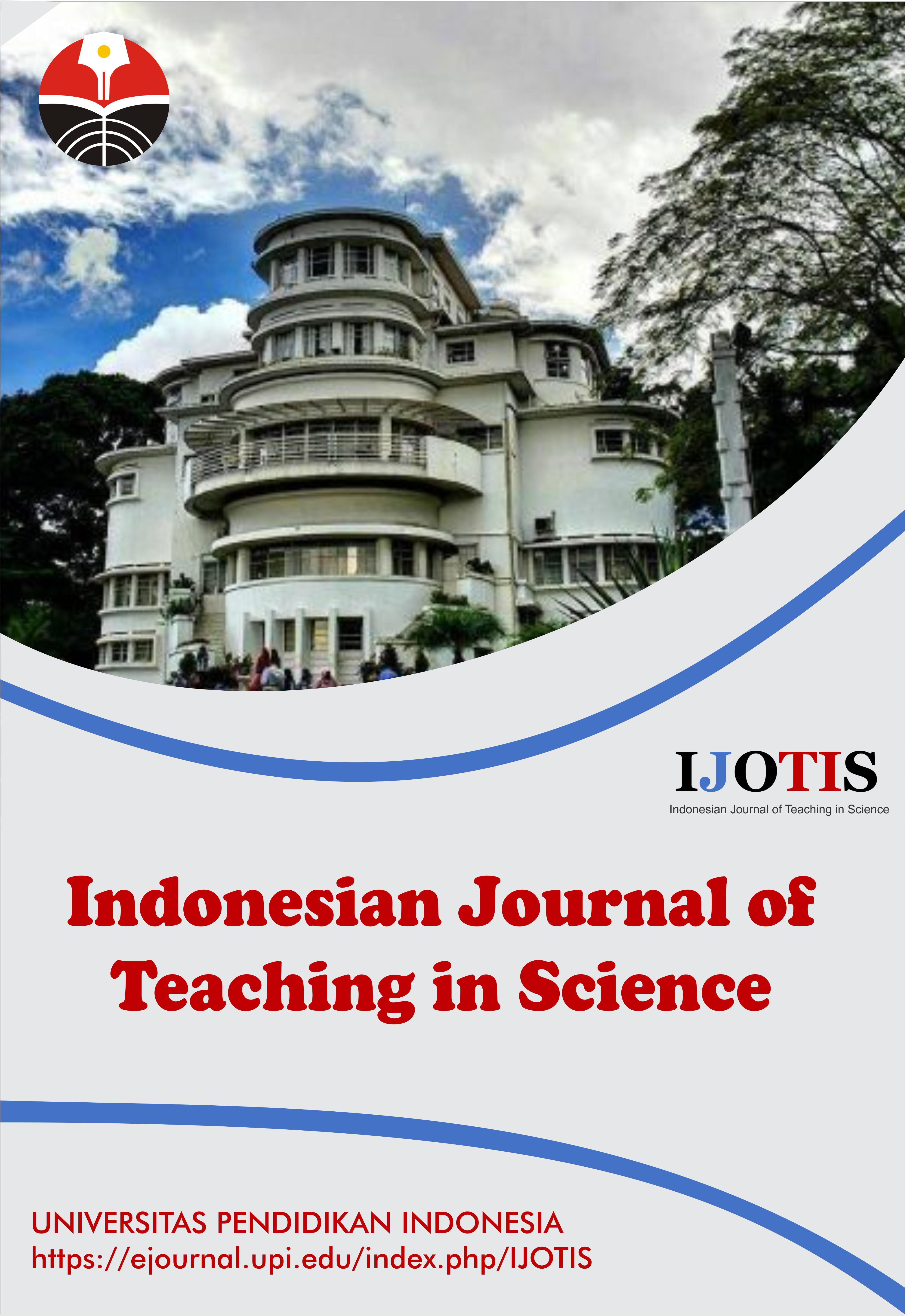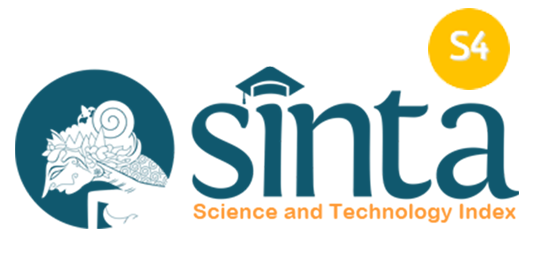The Impact of Phonetic Rhythmicity on Speech and Communication Skills of Elementary Students with Special Needs
Abstract
Keywords
Full Text:
PDFReferences
Bhat, C., and Strik, H. (2025). Speech technology for automatic recognition and assessment of dysarthric speech: An overview. Journal of Speech, Language, and Hearing Research, 68(2), 547-577.
Bruyneel, E., Demurie, E., Warreyn, P., and Roeyers, H. (2019). The mediating role of joint attention in the relationship between motor skills and receptive and expressive language in siblings at risk for autism spectrum disorder. Infant Behavior and Development, 57, 101377.
Çelik, P., Keseroğlu, K., Er, S., Sucaklı, İ. A., Saylam, G., and Yakut, H. İ. (2021). Early-auditory intervention in children with hearing loss and neurodevelopmental outcomes: cognitive, motor and language development. The Turkish Journal of Pediatrics, 63(3), 450-460.
Chela-Flores, B. (1997). Rhytmic patterns as basic units in pronunciation teaching. Onomázein: Revista de Lingüística, Filología y Traducción de La Pontificia Universidad Católica de Chile, 2, 111-134.
Daniel, S., Wimpory, D., Delafield-Butt, J. T., Malloch, S., Holck, U., Geretsegger, M., and Amos, P. (2022). Rhythmic relating: Bidirectional support for social timing in autism therapies. Frontiers in Psychology, 13, 793258.
Demers, D., and Bergeron, F. (2019). Effectiveness of rehabilitation approaches proposed to children with severe-to-profound prelinguistic deafness on the development of auditory, speech, and language skills: A systematic review. Journal of Speech, Language, and Hearing Research, 62(11), 4196-4230.
Drake, C., Jones, M. R., and Baruch, C. (2000). The development of rhythmic attending in auditory sequences: attunement, referent period, focal attending. Cognition, 77(3), 251-288.
Fujii, S., and Wan, C. Y. (2014). The role of rhythm in speech and language rehabilitation: The SEP hypothesis. Frontiers in Human Neuroscience, 8, 777.
Kohler, K. J. (2009). Rhythm in speech and language: A new research paradigm. Phonetica, 66(1-2), 29-45.
Kurniawati, K. (2022). Efforts to improve the vocabulary of Indonesian language for 1st-grade elementary students with hearing impairment for through the application of mnemonic. ASEAN Journal of Community and Special Needs Education, 1(2), 81-88.
Marinheiro, M. E. P., Barbosa, J. N., Brocchi, B. S., Osborn, E., and Perissinoto, J. (2025). The relationship between the neuropsychomotor developmental skills, the auditory and expressive vocabulary and language development in children aged from 24 to 36 months. Revista CEFAC, 27(3), e9324.
Mason, G. M., Goldstein, M. H., and Schwade, J. A. (2019). The role of multisensory development in early language learning. Journal of Experimental Child Psychology, 183, 48-64.
Morgenstern, A. (2023). Children's multimodal language development from an interactional, usage‐based, and cognitive perspective. Wiley Interdisciplinary Reviews: Cognitive Science, 14(2), e1631.
Mulyanto, D., Wahyudi, M., Ridho, A. M. A.,and Zaki, M. (2024). Utilization of artificial intelligence with text-to-speech technology based on natural language processing to enhance arabic listening skills for non-native speakers. Alsinatuna, 10(1), 44-58.
Poeppel, D., and Assaneo, M. F. (2020). Speech rhythms and their neural foundations. Nature Reviews Neuroscience, 21(6), 322-334.
Rasmussen, M., and Lewis, O. (2007). United Nations Convention on the rights of persons with disabilities. International Legal Materials, 46(3), 441-466.
Reybrouck, M. (2023). A dynamic interactive approach to music listening: The role of entrainment, attunement and resonance. Multimodal Technologies and Interaction, 7(7), 66.
Rusyani, E., Maryanti, R., Rahayu, S., Ragadhita, R., Al Husaeni, D.F., and Susetyo, B. (2022). Application of scrabble game in improving learning of simple sentence structure on the student with hearing impairment. ASEAN Journal of Science and Engineering Education, 2(1), 75-86.
Rusyani, E., Permana, S., and Ragadhita, R. (2022). Attitudes of high special school students with hearing impairment to online adaptive physical education learning. Indonesian Journal of Teaching in Science, 2(1), 29-38.
Rusyani, E., Saepulloh, A., Maryanti, R., Ragadhita, R., and Al Husaeni, D.F. (2021). The effect of the team-games-tournament method on improving the learning ability of student with hearing impairment in multiplication concepts. Indonesian Journal of Multidiciplinary Research, 1(2), 219-228.
Sininger, Y. S., Grimes, A., and Christensen, E. (2010). Auditory development in early amplified children: Factors influencing auditory-based communication outcomes in children with hearing loss. Ear and hearing, 31(2), 166-185.
Soetan, A.K., Onojah, A.O., Alaka, T.B., and Onojah, A.A. (2021). Attitude of hearing-impaired students towards assistive technology utilization in Oyo state adopting the survey method. Indonesian Journal of Community and Special Needs Education, 1(2), 103-118.
Tarvainen, S., Stolt, S., and Launonen, K. (2020). Oral language comprehension interventions in 1–8-year-old children with language disorders or difficulties: A systematic scoping review. Autism and Developmental Language Impairments, 5, 2396941520946999.
Turk, A., and Shattuck-Hufnagel, S. (2013). What is speech rhythm? A commentary on Arvaniti and Rodriquez, Krivokapić, and Goswami and Leong. Laboratory Phonology, 4(1), 93-118.
Van Bogaert, L., Machart, L., Gerber, S., Lœvenbruck, H., Vilain, A., and Consortium E. (2023). Speech rehabilitation in children with cochlear implants using a multisensory (French Cued Speech) or a hearing-focused (Auditory Verbal Therapy) approach. Frontiers in Human Neuroscience, 17, 1152516.
Wiseman, K. B., McCreery, R. W., and Walker, E. A. (2023). Hearing thresholds, speech recognition, and audibility as indicators for modifying intervention in children with hearing aids. Ear and Hearing, 44(4), 787-802.
Wood, L., Ivery, P., Donovan, R., and Lambin, E. (2013). “To the beat of a different drum”: Improving the social and mental wellbeing of at‐risk young people through drumming. Journal of Public Mental Health, 12(2), 70-79.
Zheng, Y., Swanson, J., Koehnke, J., and Guan, J. (2022). Sound localization of listeners with normal hearing, impaired hearing, hearing aids, bone-anchored hearing instruments, and cochlear implants: a review. American Journal of Audiology, 31(3), 819-834.
DOI: https://doi.org/10.17509/ijotis.v5i1.82577
Refbacks
- There are currently no refbacks.
Copyright (c) 2025 Universitas Pendidikan Indonesia

This work is licensed under a Creative Commons Attribution-ShareAlike 4.0 International License.
Indonesian Journal of Teaching in Science (IJoTIS) is published by Universitas Pendidikan Indonesia (UPI)
 Indonesian Journal of Teaching in Science
Indonesian Journal of Teaching in Science



